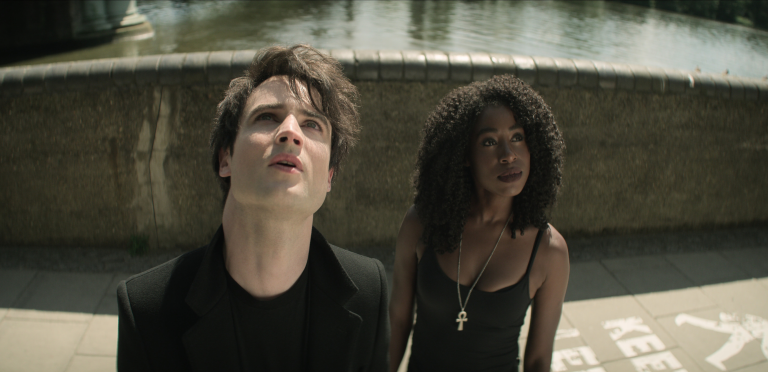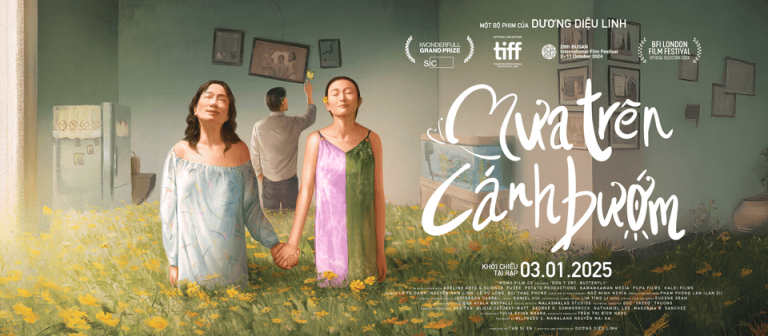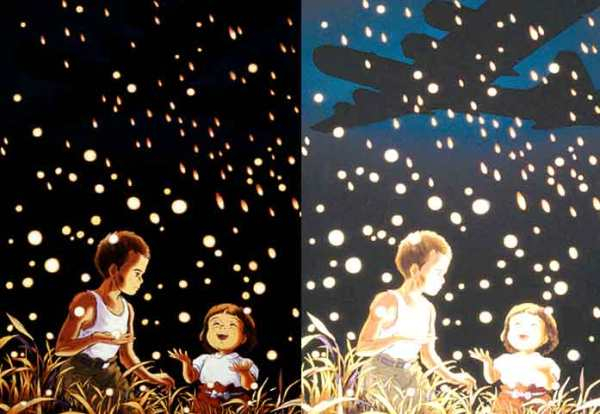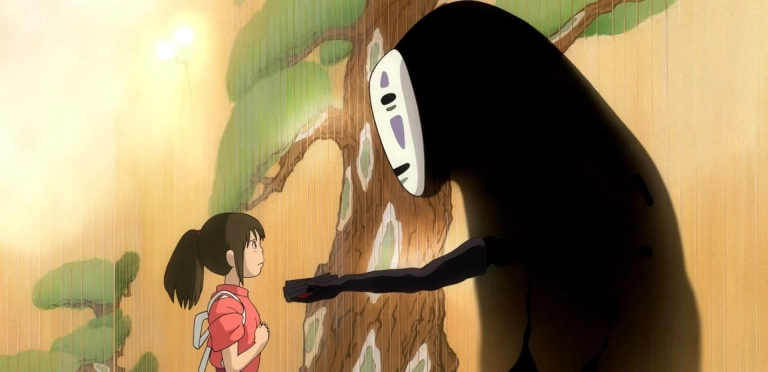In a time when DC Comics fans were receiving one disappointing update after another, the success of The Sandman came as a rare glimmer of hope. The series blends dark fantasy with a modern aesthetic, creating a beautifully eerie atmosphere. But today, I want to focus on just one episode from the series—Episode 6, Season 1.
Entitled The Sound of Her Wings, this episode feels almost like a standalone short film, distinct from the larger narrative. It’s as if the creators gifted fans a quiet interlude amidst the intense, blood-soaked battles of earlier episodes. Here, we see Morpheus (The Sandman) reunite with his sister, Death, and their conversations become the soul of the story.
Note: This review contains spoilers.

Death
The first half of the episode follows Death as she gently guides souls from the world of the living into the eternal shadows. These scenes are philosophical, tender, and moving. After all, who isn’t afraid of dying? Even an old man near the end of his life still struggles to accept it. When Death appears, most people don’t recognize her immediately—but once they do, they beg, plead, cling. Some ask for just one more moment. A man wants to call his wife. A tourist never got the chance to share his return flight details. One soul doesn’t even realize he’s died.
It’s a deeply human portrayal of our fear of death. Despite all our preparations, we’re never ready. In this episode, Death’s first three “visits” include an elderly man, a young adult, and an infant—emphasizing that no one, no matter their age, escapes death.
Death and Morpheus share a quietly powerful conversation. Why is it that humans are so willing to enter the Dreaming—Morpheus’s realm—every night, even though they know it’s an illusion, but fear death, which is inevitable? Why is birth celebrated while death is mourned?
Death has been a central theme in literature, philosophy, and religion throughout history. While some religions describe an afterlife—heaven, hell, reincarnation—modern philosophy often sees death as the ultimate end. But that’s a hard pill to swallow. How do we let go of everything—our family, our love, our pleasures—and simply return to dust? An afterlife offers comfort; total annihilation offers only dread.
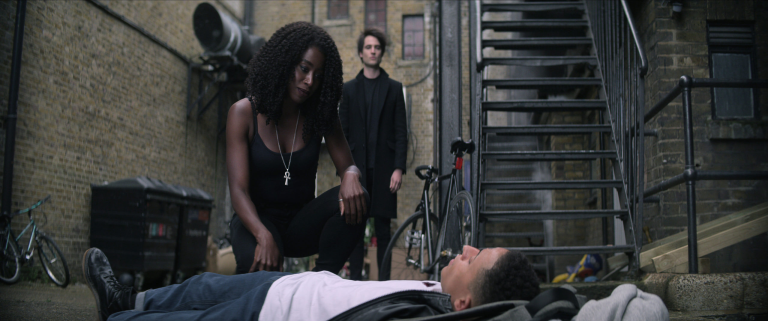
Life
And so, the episode moves into its second theme: life. In the latter half, the story jumps back to the year 1389, when Morpheus and Death visit a tavern. Curious why humans cling to life so desperately, Morpheus proposes an experiment: grant immortality to a single man. Every 100 years, they will meet again at the same tavern, and the man must recount what he’s experienced and whether he still wishes to live.
Thus begins an extraordinary journey through time.
Hardly anyone lives past a century—let alone forever—so this question fascinates Morpheus: Will immortality eventually become unbearable?
At first, Morpheus assumes the man will beg for death after a century or two, having watched loved ones die and the world change. But he’s wrong.
Every century, the man returns, refreshed, renewed. Instead of becoming jaded or obsolete, he evolves. Surprisingly, he adapts with the times—his look, his speech, his mindset. Rather than being stuck in the past, he reflects the resilience and ambition of humanity. He suffers—greatly at times—but never loses the desire to live.
There are dark chapters, of course. He loses family. He’s accused of witchcraft. He becomes destitute and starves. He endures immense loneliness and even confesses that 80 of those 100 years were the worst of his life. Still, when asked if he wishes to die, he answers firmly: no.
Is this the power of human will? Or the message that Neil Gaiman wants to leave us with—that hope endures, no matter how long we live?
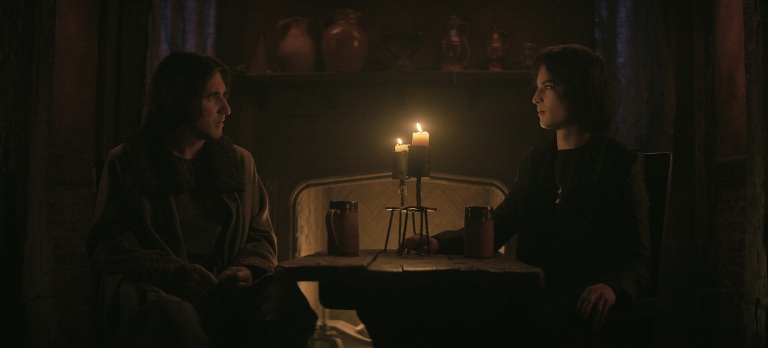
Time, History, and Humanity
The episode beautifully captures each century’s atmosphere—1389, 1489, 1589, 1689, 1789, 1889, 1989. It’s a historical tour through European culture: medieval knights, the invention of fireplaces, Tudor England, William Shakespeare, witch hunts, the French Revolution, rumors of devils and Jews, slavery, horse-drawn carriages, brothels, telephones, cars, and real estate booms.
The costumes, hairstyles, and dialogue evolve with every era, making this one of the most production-intensive episodes of the series—and one of the most rewarding.
By 1889, the immortal man no longer talks of money or lust, but of friendship. He tells Morpheus that the real reason they meet every century is because Morpheus is lonely. Morpheus, proud and stoic, denies it. After that encounter, they don’t meet again for decades—because Morpheus is captured and imprisoned.
It’s a heartbreaking pause. In 1989, the man returns to their meeting spot and waits. The bar that’s housed their timeless rendezvous is about to be demolished. Modernity is closing in. The man feels abandoned, thinking Morpheus is angry with him—unaware that his friend is trapped somewhere, unable to return.
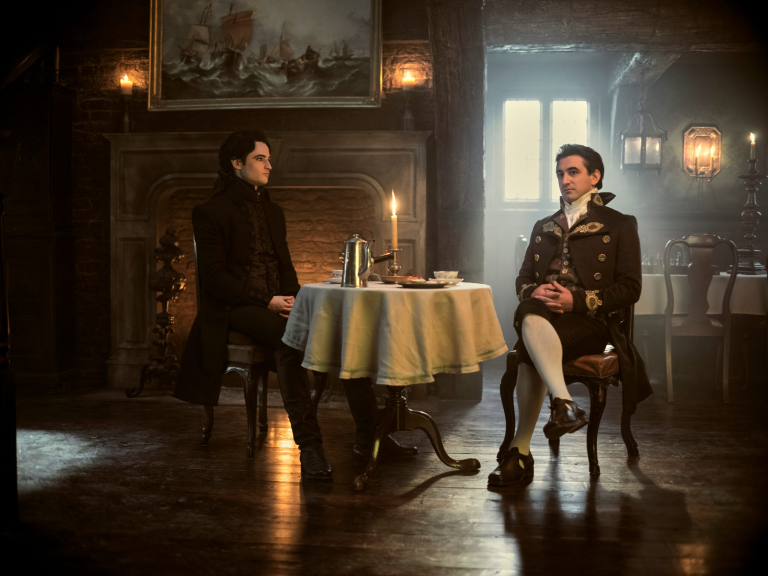
A Quiet Reunion
Eventually, Morpheus escapes. He returns to the ruins of their old tavern and stands before its locked doors—mourning not only lost time but the threat of losing something timeless. Fortunately, a new pub has been built nearby, with a sign directing patrons from the old location. Inside, his friend is waiting.
In that moment, Morpheus admits the truth: yes, they are friends. Even a god can’t live without connection. He finally acknowledges his own pride and solitude. It’s a rare happy ending—quiet, honest, and deeply moving.
It’s likely the new pub was built by the immortal man himself, holding onto hope that his friend would return.
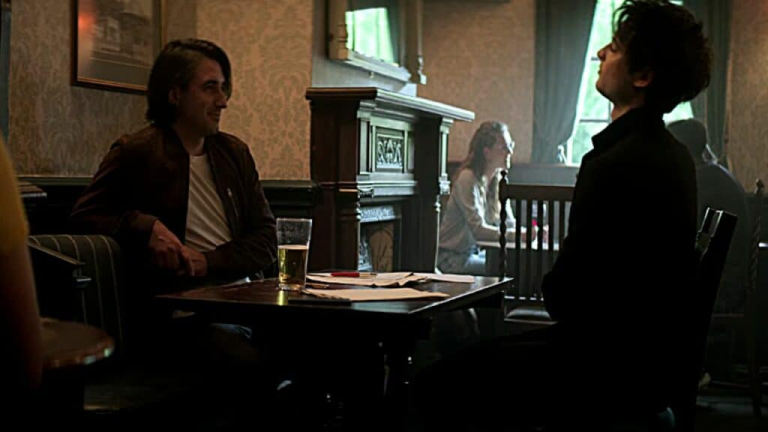
A Man Transformed
The man’s evolution is striking. He starts off driven by primal urges—wealth, women, pleasure. He once participated in the slave trade, only to later feel shame and be chastised by Morpheus. Over time, he grows wiser, more introspective. By the end, he’s a calm, well-read man in glasses, quietly writing in a modern café, waiting for a friend. He’s gone from animal instinct to philosophical thought. Perhaps this is what happens when a person lives long enough—deeper understanding, maturity, and responsibility emerge.
Conclusion
To me, The Sandman Episode 6 feels like a standalone short film—an artistic, philosophical meditation on death and life. It’s a tale that lingers in the mind, asking us to think about the inevitable and the infinite, and how we find meaning in between.

